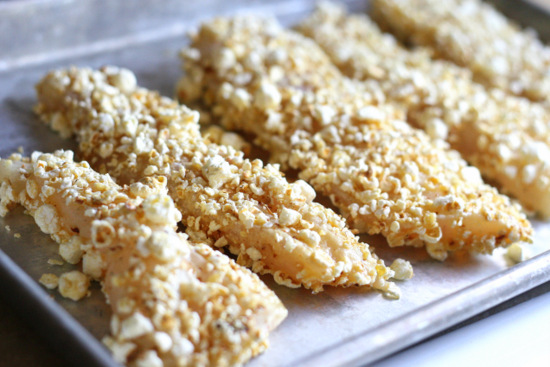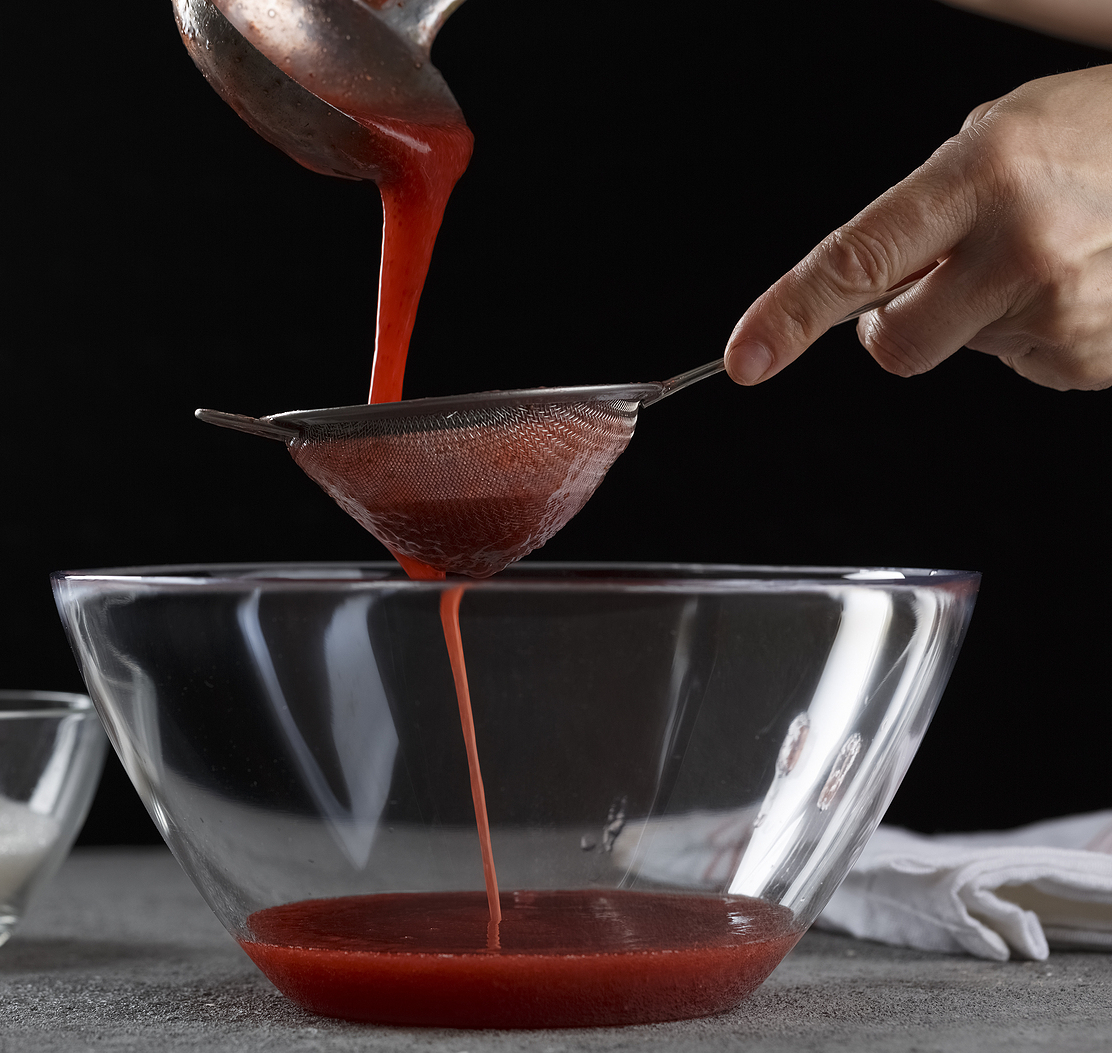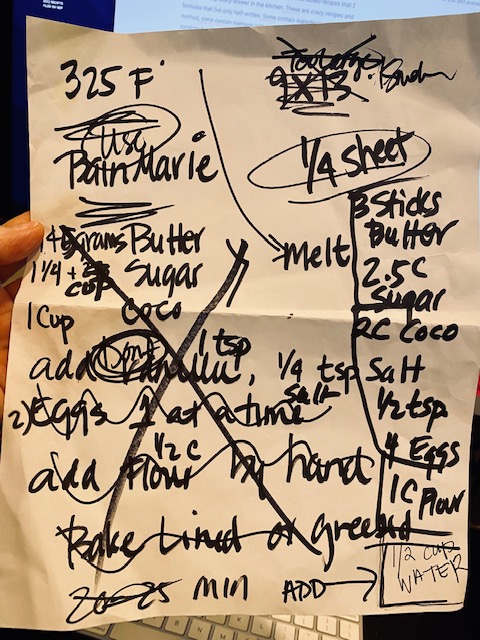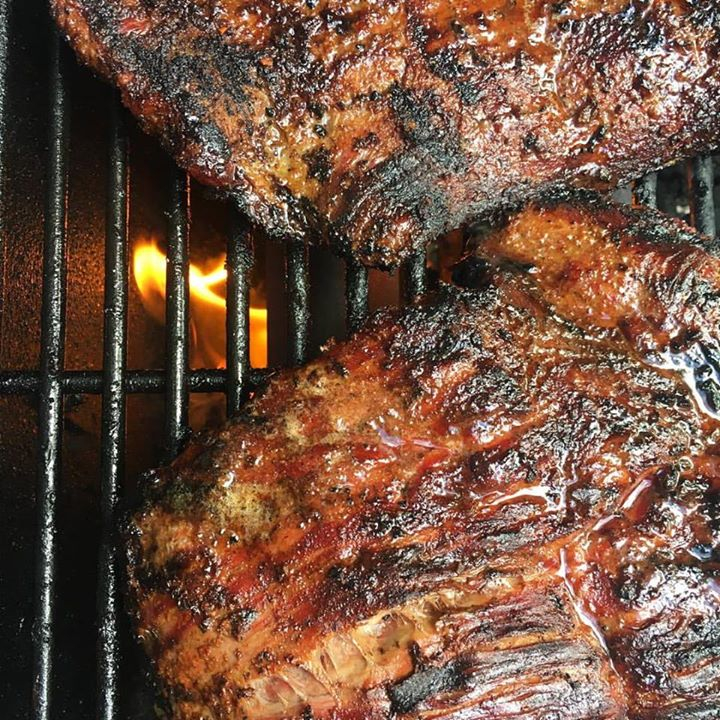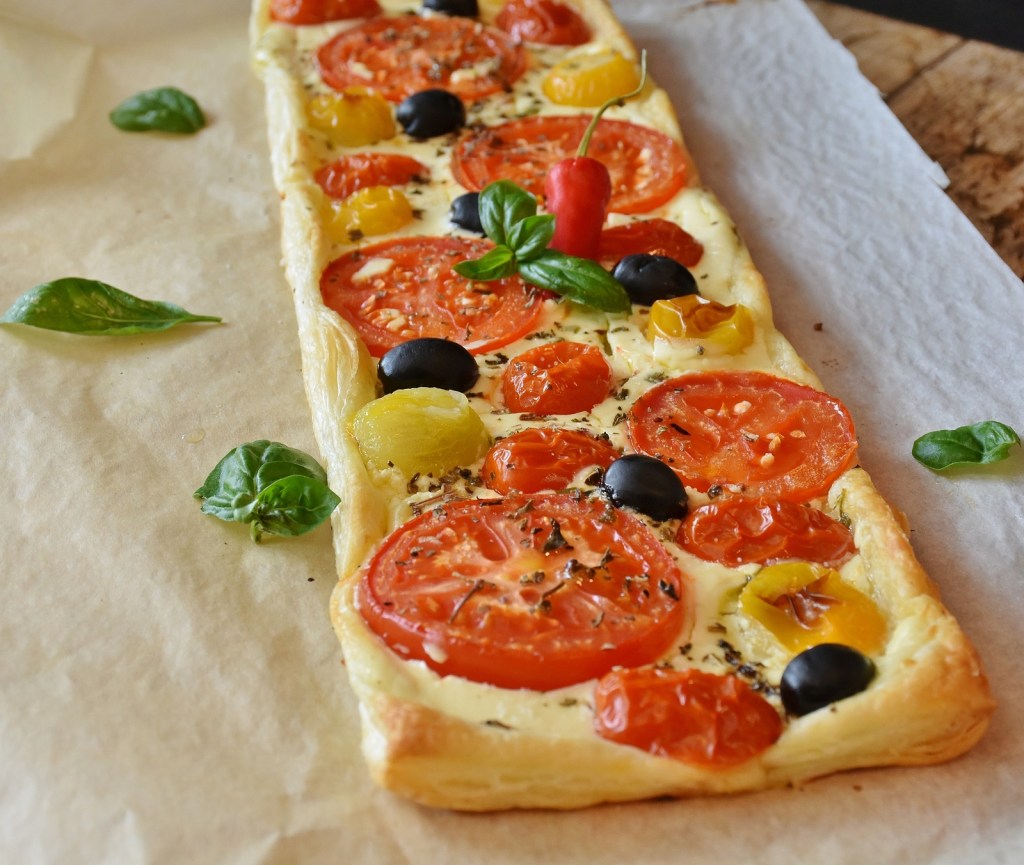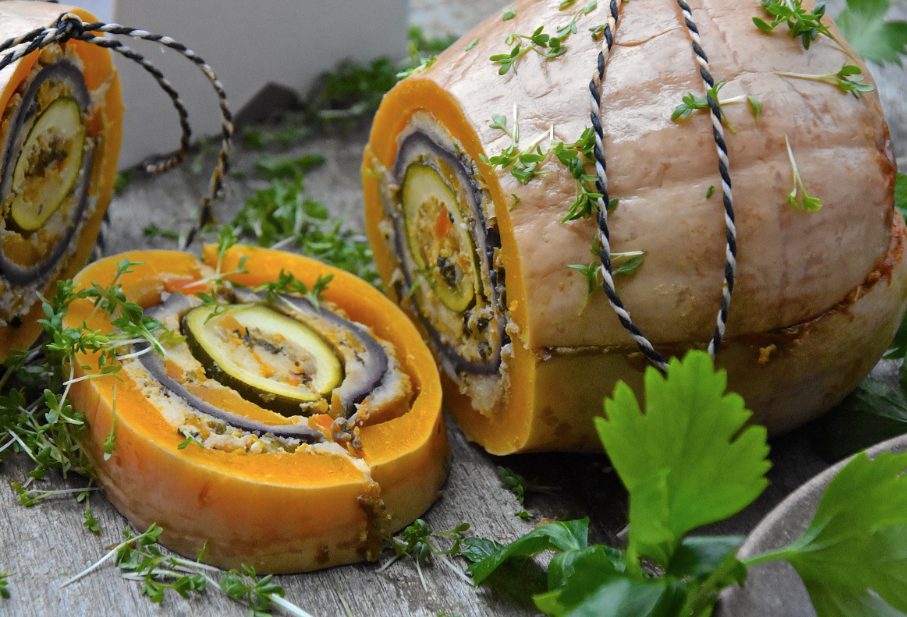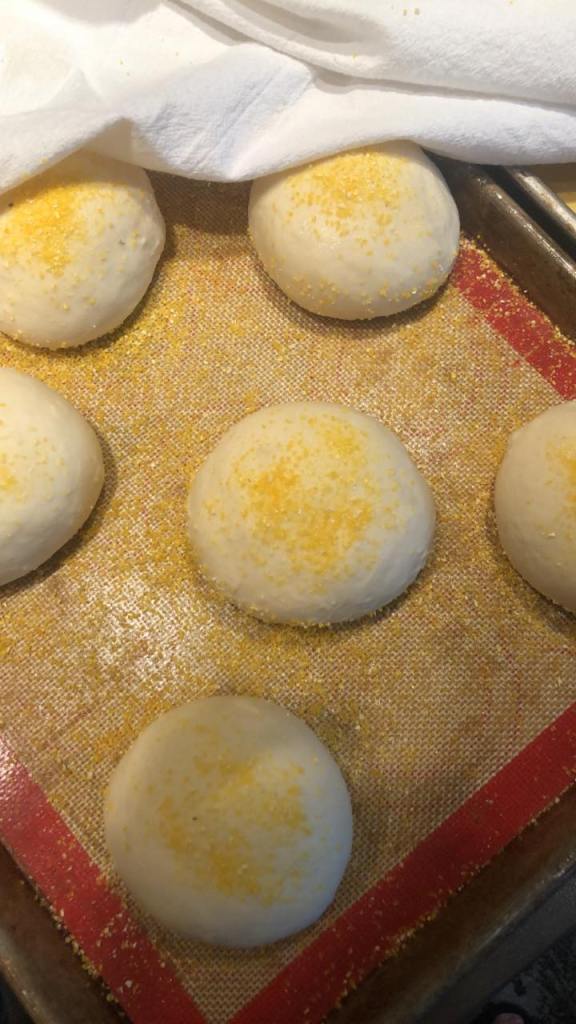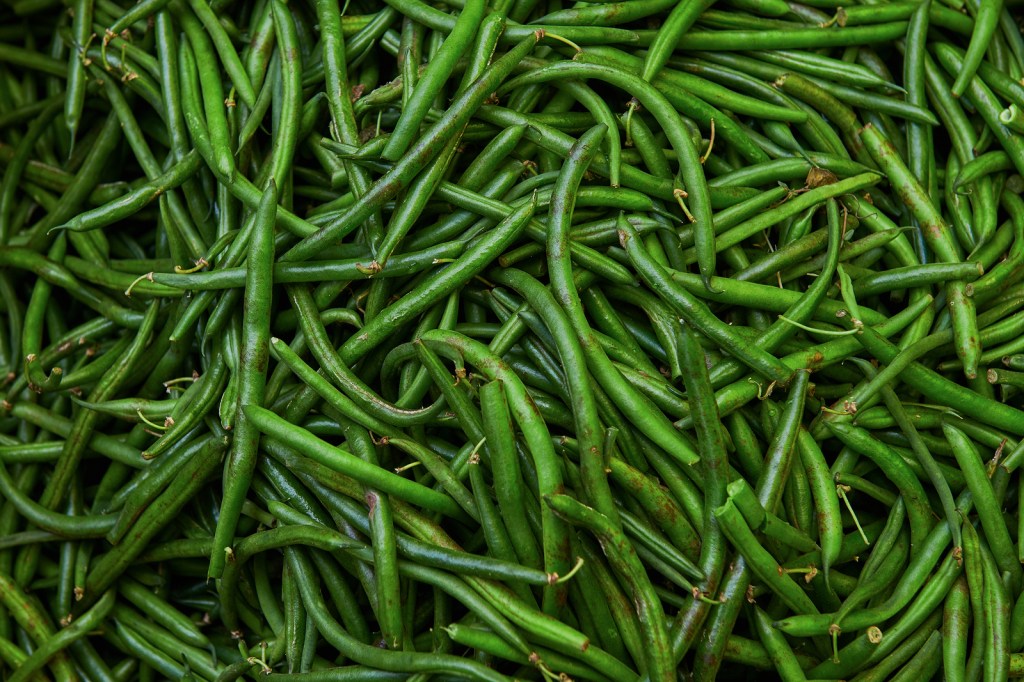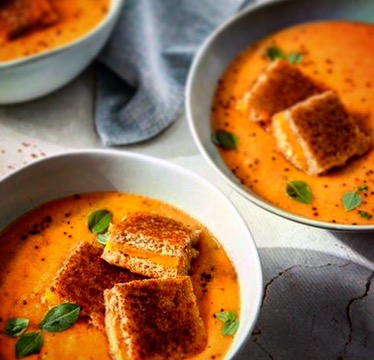Picture this pan-seared salmon drowning in a creamy Parmesan sauce with garlic, olives, tomatoes, spinach, and fresh basil. This sexy recipe is the perfect date night dinner – and it’s ready in 30 minutes! What’s not to love? Present to the table in its cooking vessel. Ladle into bowls and serve with warm crusty bread and a bottle of crisp white wine!
You’ll need:
1/2 cup seafood stock or chicken stock
1 cup heavy cream
1 tablespoon tomato paste
1/4 cup sundried tomatoes
4 salmon filets (about 6 ounces each), skin removed
2 – 4 tablespoons olive oil (divided)
2 tablespoons unsalted butter
1/4 cup chopped onion
6 – 8 cloves garlic, smashed and minced
8 – 10 cherry tomatoes
1/2 pint black olives or green olives (or a combination)
3 fresh basil sprigs
1/4 teaspoon ground cayenne pepper
1/2 – 1 cup grated Parmesan cheese
1 – 2 handfuls of fresh baby spinach leaves
fresh basil for garnish
Here’s How:
Step 1: Warm the cream with the stock, tomato paste, and sundried tomatoes in a small saucepan. Set aside.
Step 2: Heat a large high-sided skillet over medium-high heat. Get the pan smoking hot. Meanwhile, pat each salmon filet dry with a paper towel. Season both sides of the fish generously with salt and fresh ground pepper. Add 2 tablespoons olive oil to the hot pan and swirl to coat. It should shimmer immediately. Place each fillet of salmon into the hot pan.
Step 3: Sear the salmon well over medium-high heat for about 3 to 4 minutes, depending on the thickness of the filet. Once you have a nice brown sear on the underside, flip the salmon to cook the other side for an additional 30 seconds to 1 minute. Do not overcook. Remove the salmon to a plate, cover it, and keep warm.
Step 4: To the same pan, add the butter and remaining oil. When the butter begins to bubble, add the onions. Stir for about 1 to 2 minutes until fragrant and translucent. Add the garlic, cherry tomatoes, and olives. Cook until the tomatoes blister, and some begin to split. Reduce heat.
Step 5: Add the warm cream mixture, cayenne pepper, and fresh herbs. Adjust the seasoning with salt and black pepper. Allow the cream mixture to come to a light simmer. Reduce the heat and cook for about 2 to 4 minutes.
Step 6: Stir in Parmesan cheese. Continue cooking over medium heat until the cream has thickened. Add the spinach and stir to wilt. Return the salmon to the pan and heat through. Finish with a sprinkle of fresh basil.
Tip: Cut salmon skin into thin strips and pan-fry in hot oil for a crunchy garnish.

